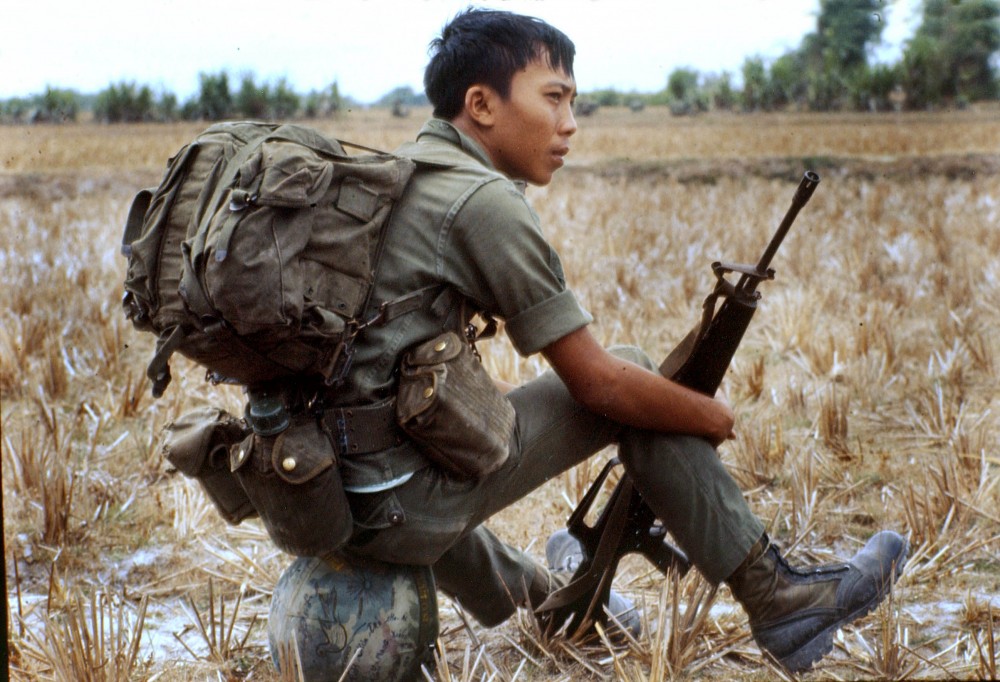As part of the International Commission of Control and Supervision (ICCS) Canada played a huge peacekeeping role in Vietnam. Canadian soldiers partook in helping stabilize and keep the peace while enforcing cease fires . Peter was there to cover the Canadian efforts.
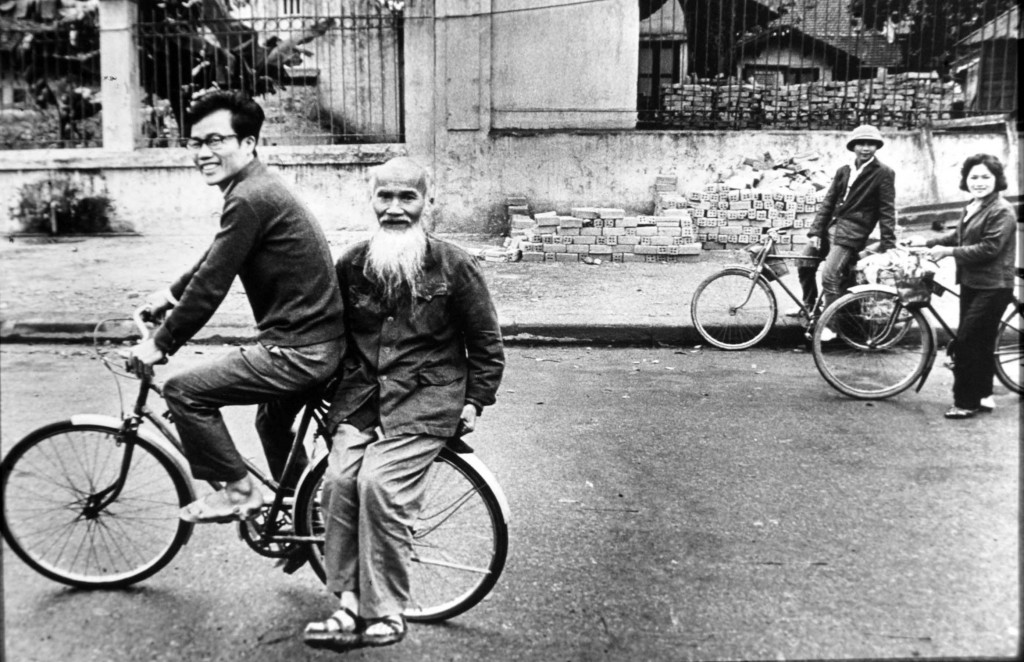
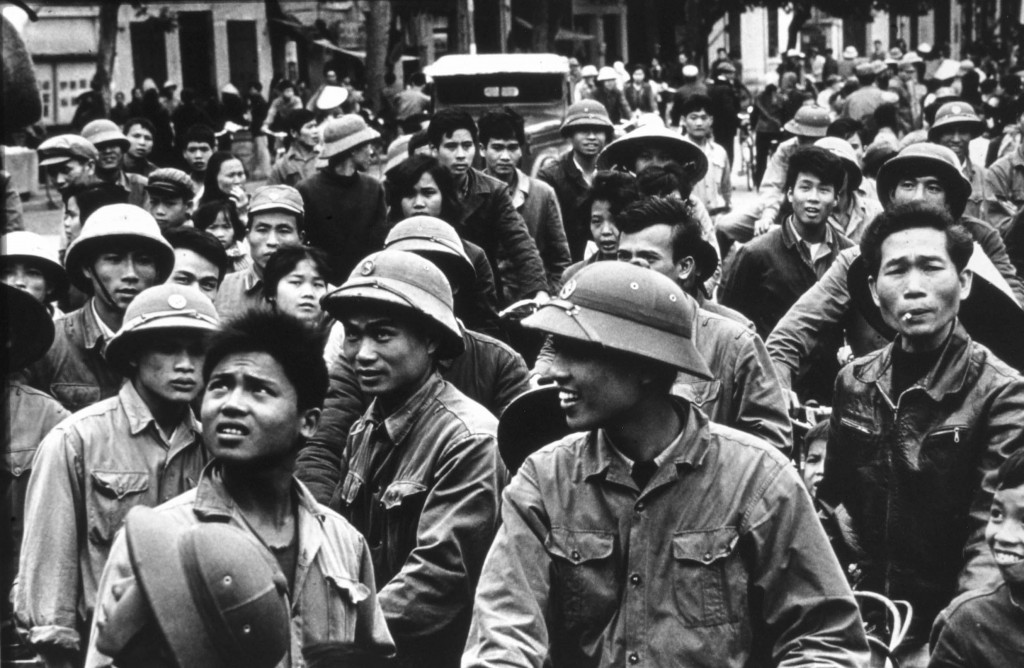
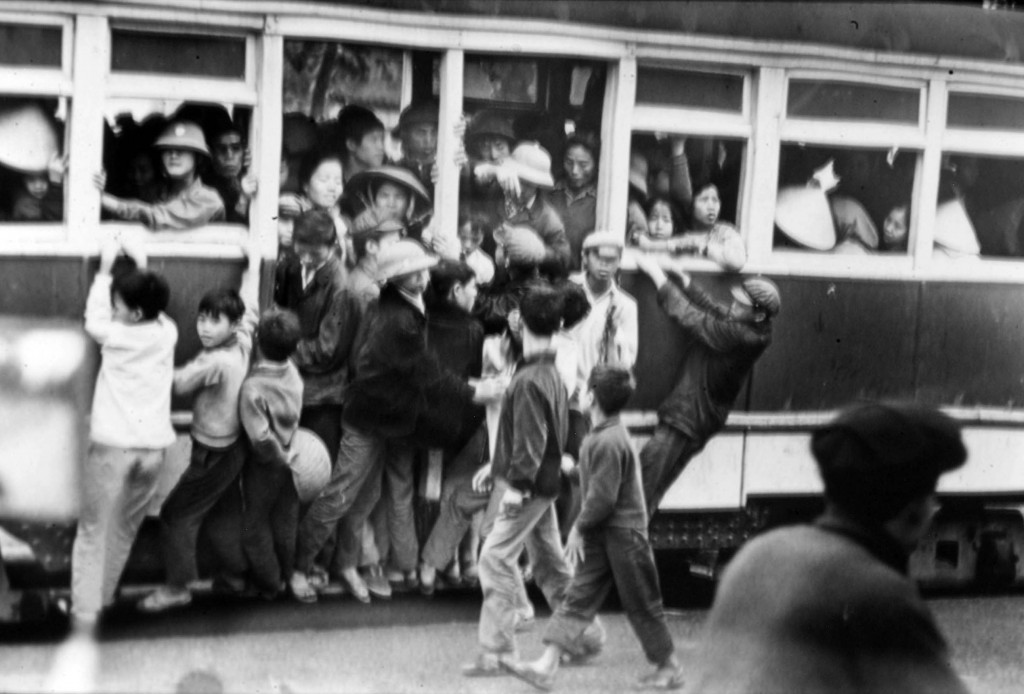
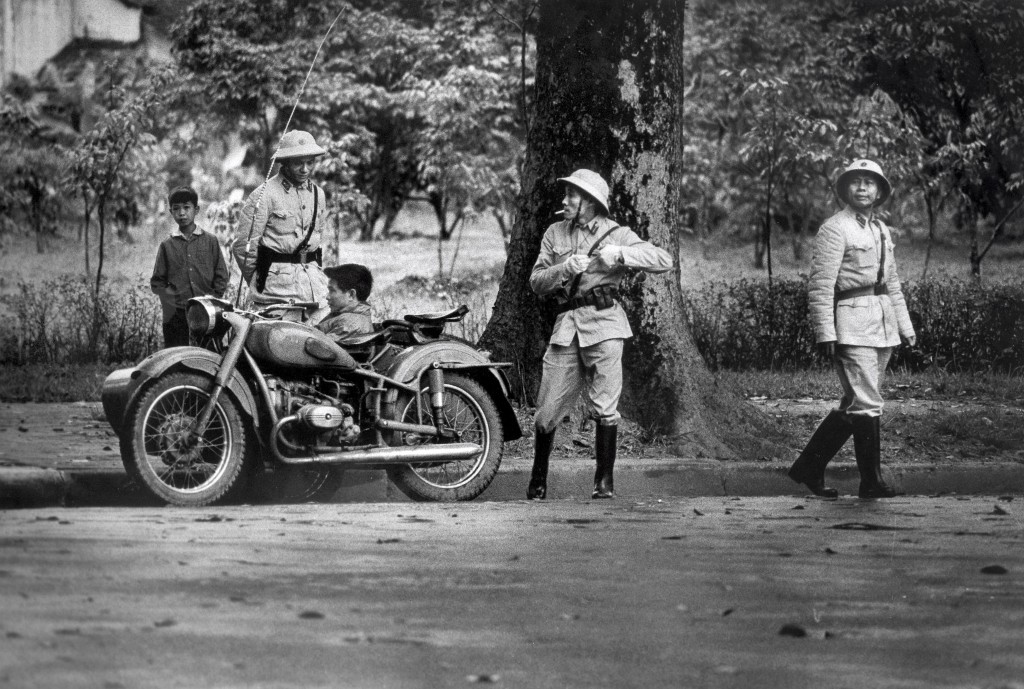
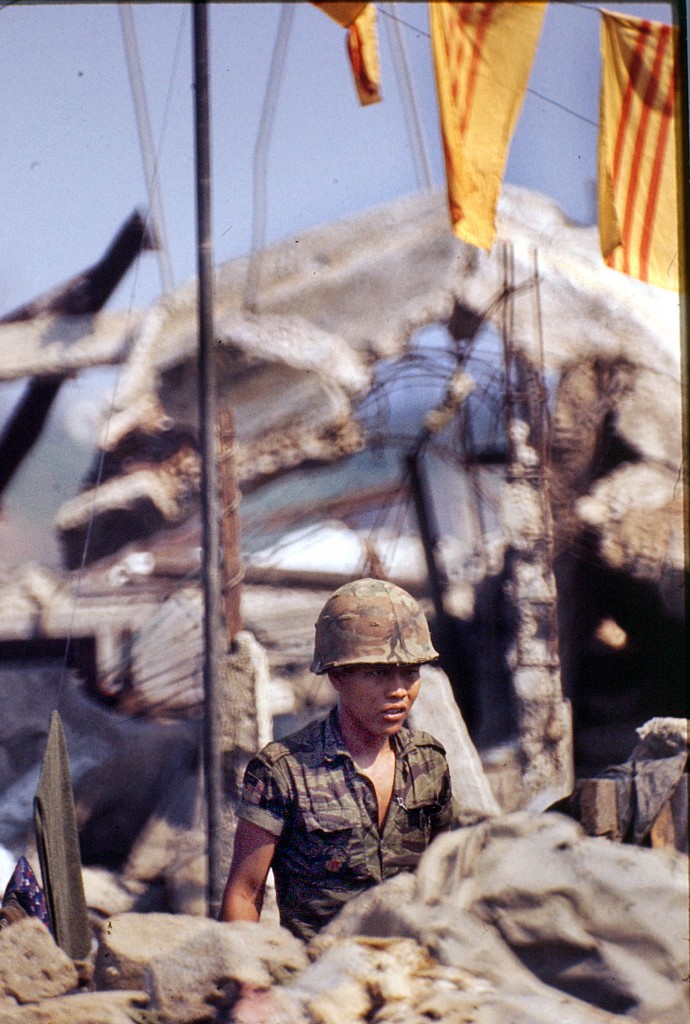
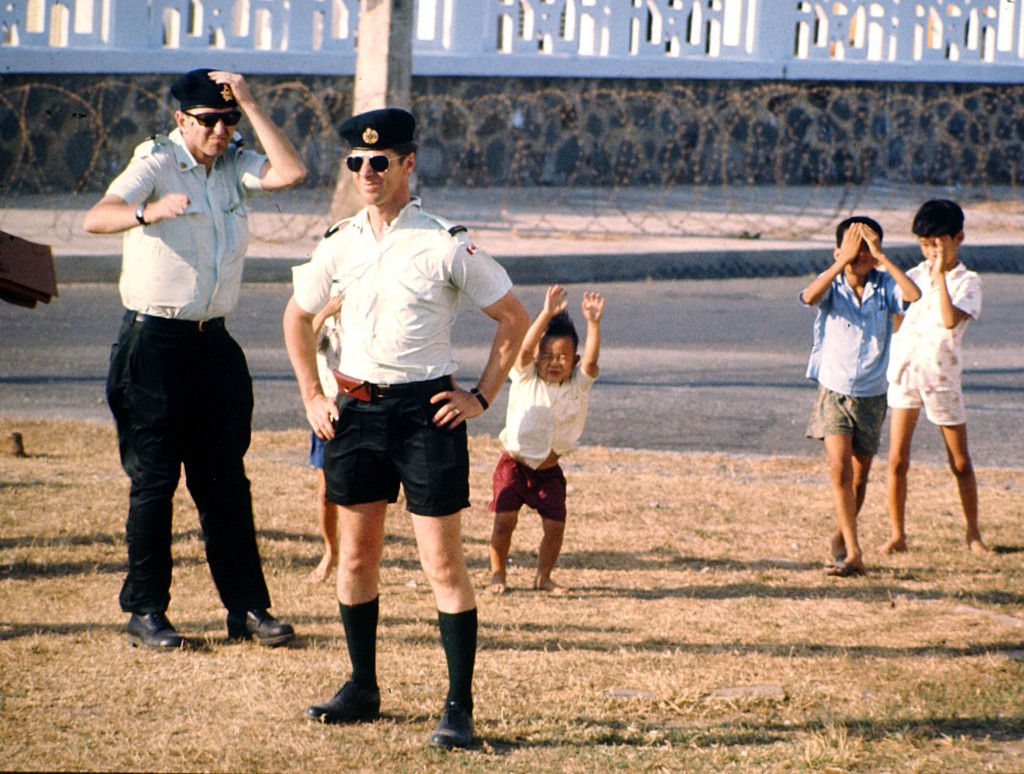
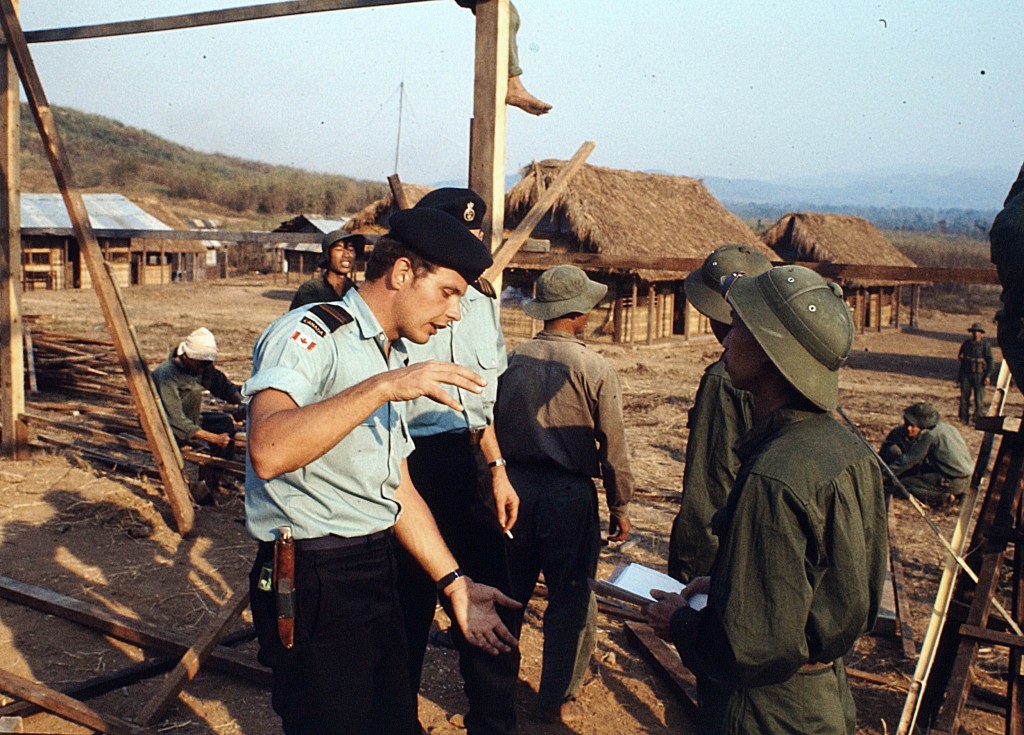
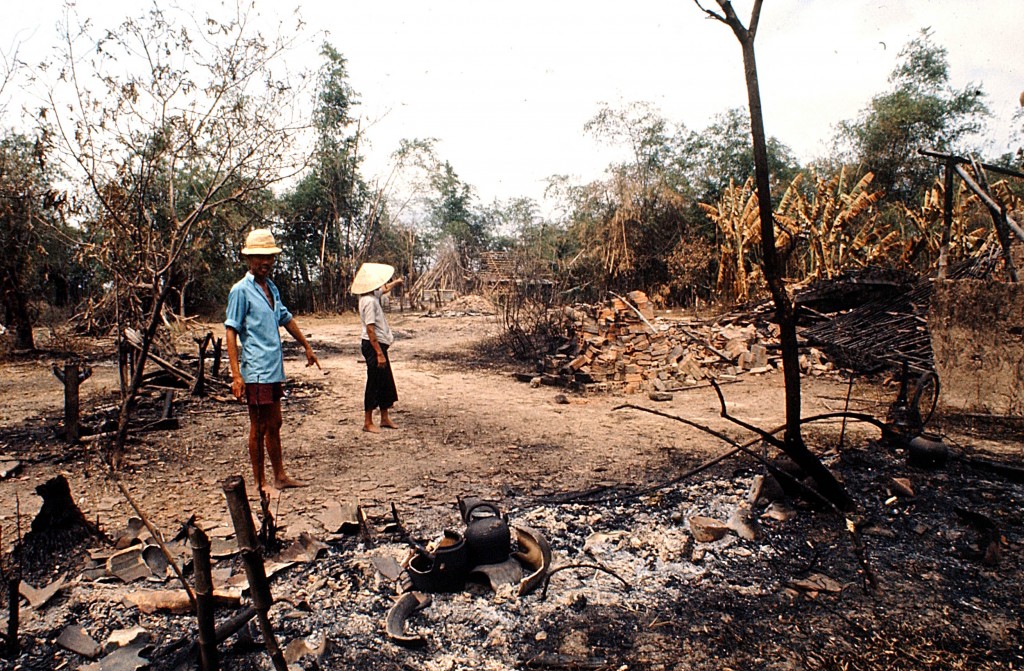
Below are photos of Peter with others including AP photojournalist Nick Ut who captured the iconic shot of a young Vietnamese girl running in terror with her clothes singed off.
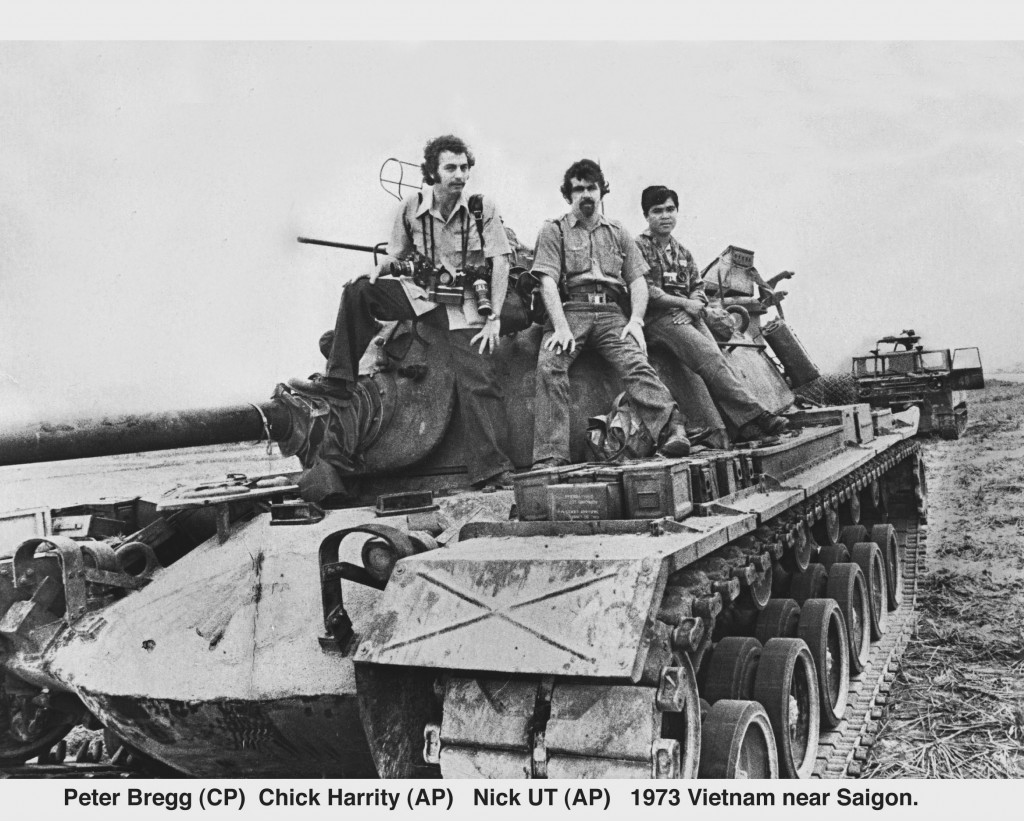
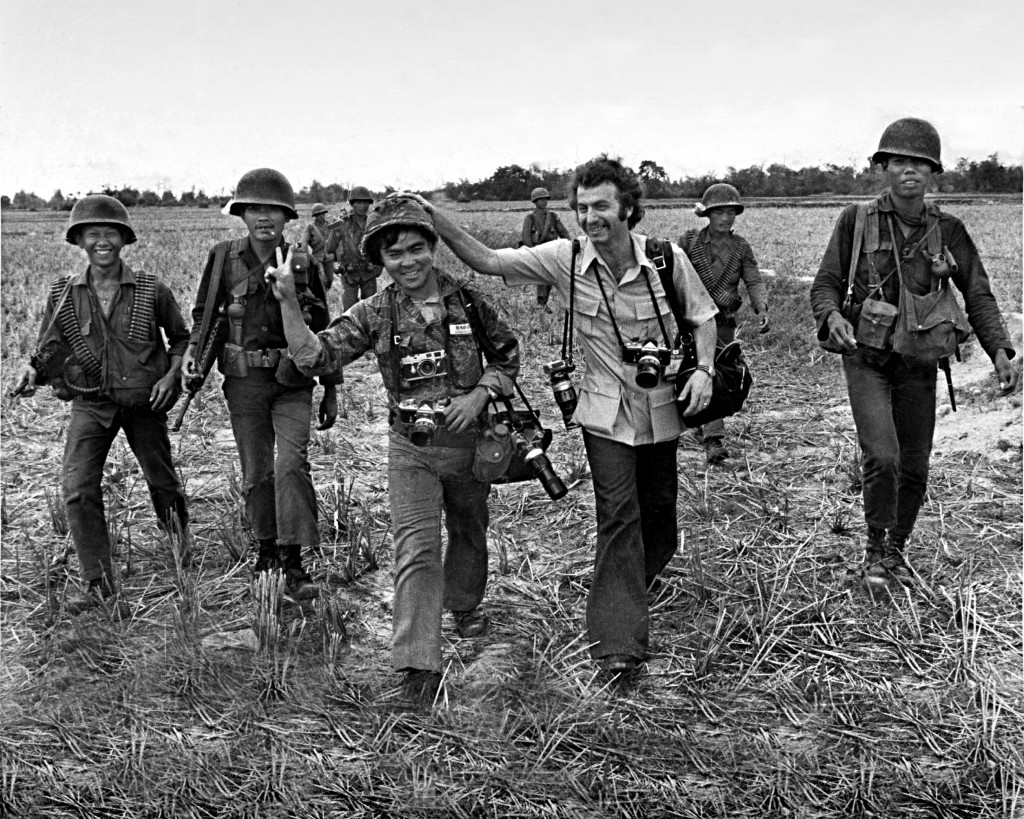
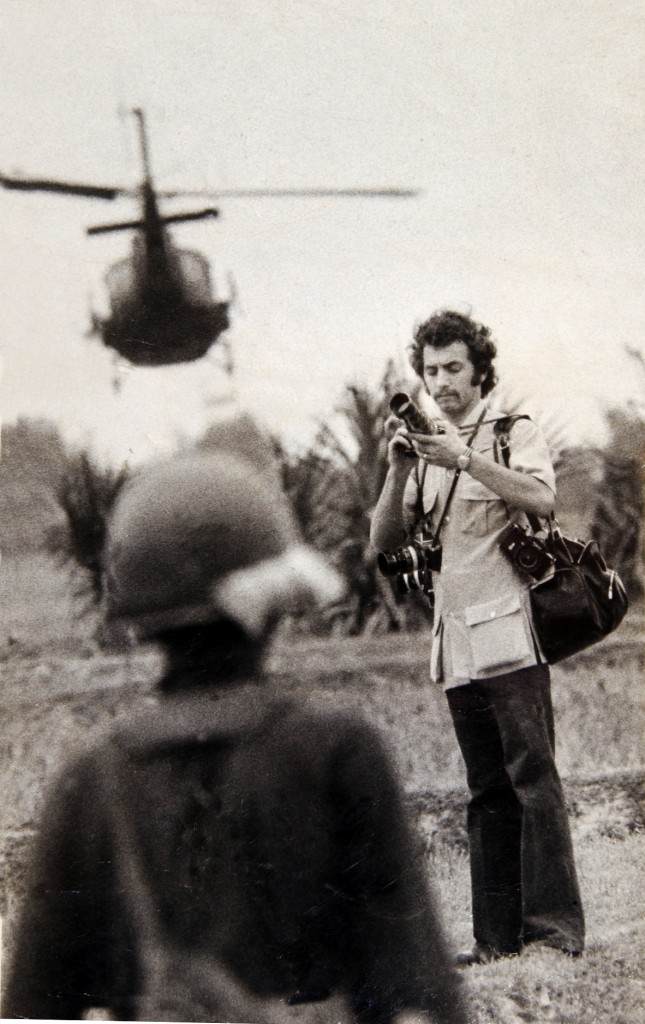
Photos above are property of the Canadian Press.
 By: Amir Fallah – Digital Curator / Social media content manager
By: Amir Fallah – Digital Curator / Social media content manager

